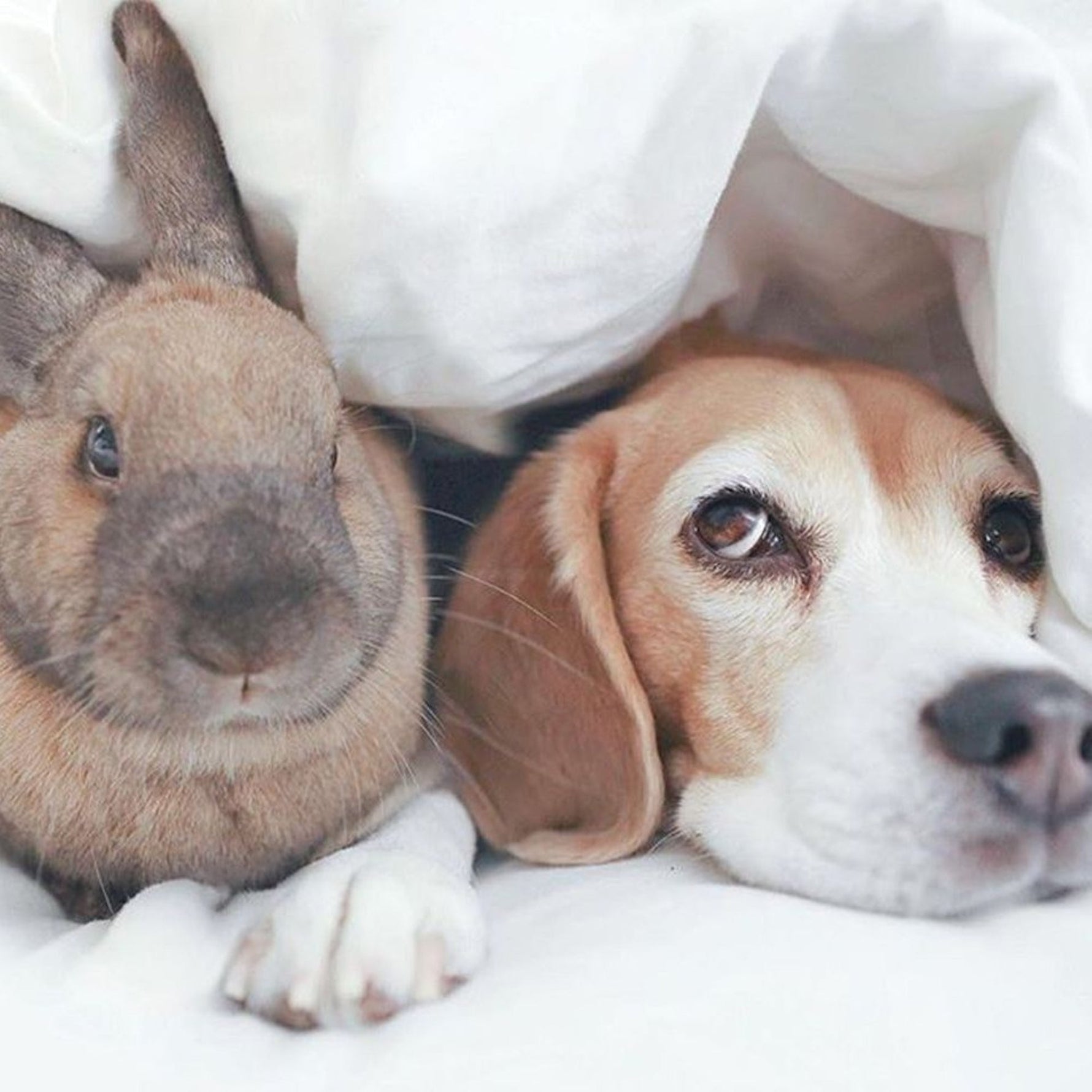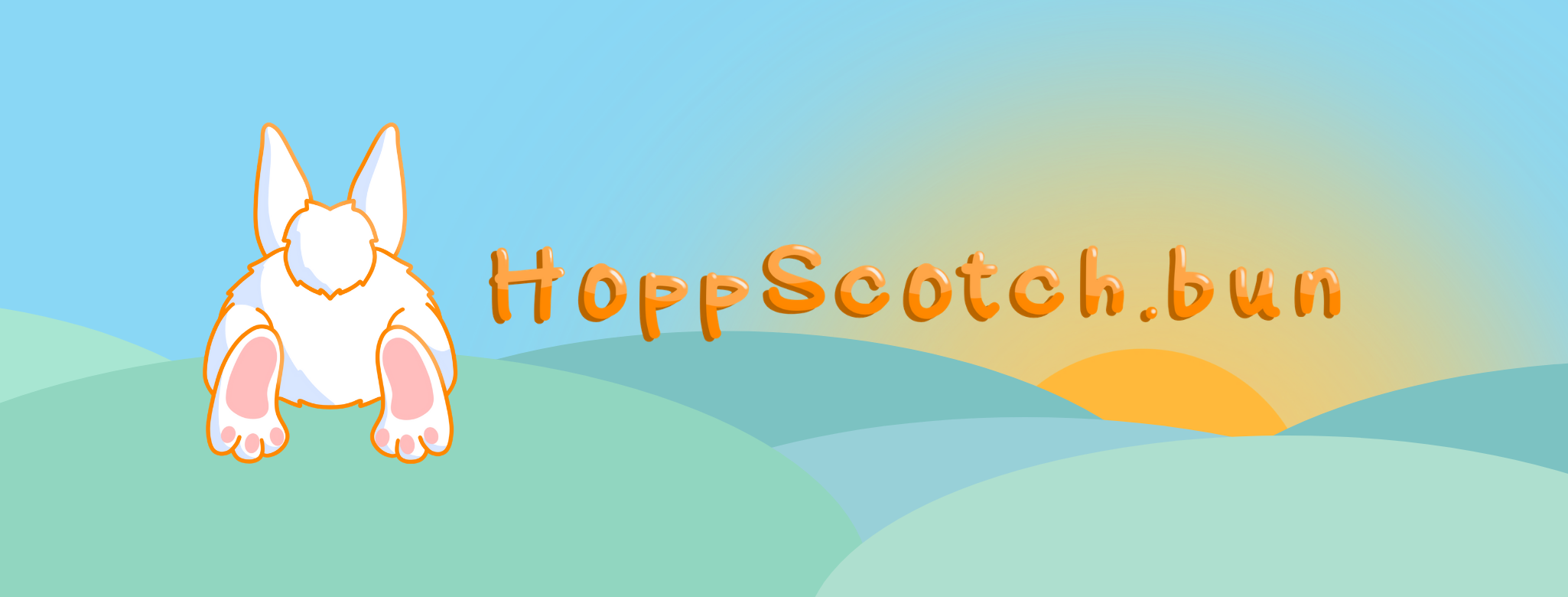Understanding rabbit body language is vital when you have a bunny!
If you've ever owned a pet rabbit, you know how cute and cuddly they are. But for a new bunny owner, it's not enough that you know your pet rabbit as a fluffy and playful companion. You should also understand its body language to support your fantastic bunny parenting experience.
You'll want to take the time to learn more about their actions to make sure you're giving them the care they need.
Understanding Bunny Body Language
In this blog, we'll explore your pet rabbit's different body language to know what is on its mind!
Let's get straight into it!
1. Loaf
This is one of your rabbit's ways of relaxing while alerting to the surroundings.
2. Flop
When your bunny does this, it's happy and comfortable with the place; it also relaxes by stretching its body.
3. Grooming
Your bunny does this to clean itself so it doesn't smell bad. Rabbits are clean animals!
4. Standing
When your bunny approaches you standing, it might be asking for some treats! Yes, mom, treats! Could you resist that?
5. Nose twitching
Your bunny is curious; when the nose twitching becomes fast, your bunny might be anxious or very active.
6. Digging movement
Bunnies are natural burrowers, so if you see yours doing this movement, it is normal, don't panic! A frequent digging movement on the bed might create a hole, but it's alright. That's your pet, so don't be mad; provide a digging box.
7. Nudging
When your bunny nudges at you, they respect and love you. It's also like saying," Mom, I need your attention. Eyes on me, mom." Another sign that your bunny loves you is when it is licking your clothes or your hands.
8. Zoomies
That's a very happy bunny. If you see that on your bunny, you're doing a great job! They can also be excited about treats when they do that.
9. Nipping
This could mean your bunny wants your attention, or it wants you to leave its territory. We know you bought the sofa, but it's not yours, it's your bunny's.
10. Hunched over
When your bunny's ears are flat while doing a loaf, that means your bunny is scared or sick. Poor baby bun, you should observe it and see a rabbit-savvy vet.
11. Binky
This is when your bunny jumps high with its hind legs slightly twisting. That is a sign of pure joy!
12. Thumping
You bunny does this when it is threatened. Pet bunnies do this when protesting to their owners. On the other hand, rabbits in the wild do this when predators threaten them.
13. Droppings
Rabbits are one of the most territorial animals. If you see droppings anywhere, that's a sign of a marked territory of your bunny.
14. Lunging
This means your bunny is about to attack someone. It might be you, be careful! Anyway, that's a cute attack but still, be careful!
15. Eating Cecal pellet droppings or cecotropes
This is not gross at all because eating its cecotropes will be very beneficial for your bunny's health. It's good for their intestinal health.
16. Tooth grinding
This is a bunny's way of purring. There are good and bad causes of teeth grinding. It's good when bunnies do this to keep their teeth in good shape; it's terrible when it's frequent because it is a sign of discomfort for your bunny.
17. Spraying
Spraying of urine is another sign of marking their territory. This could be lessened after your bunny gets neutered or spayed.
18. Growling
When your bunny growls, it is showing a sign of stress.
19. Periscoping
Your bunny stands up with its hind feet; bunnies do this to scan the place or to further look around.
20. Circling your feet.
It means your bunny's hormones are starting to flow; that is when rabbits need to get neutered or spayed. Another sign that a bunny needs to get fixed is when it's humping a toy, pillow, or even it's owners leg.
Final Thoughts on Rabbit Body Language
Your bunny can't talk, so we created a blog that will help you understand its body language!
Now that you know what their actions mean, it will be easier for your to care for your bunnies, and we are always glad to offer help through our bunny blogs.
We're also on Pinterest, Instagram, Facebook, and Tiktok. Share your bunny parenting experience on all those platforms by commenting, and we'll give you a shoutout by featuring your cute bunnies!
Disclaimer: We are not professional veterinarians or medical doctors. We created this blog based on our experiences with pet rabbits, volunteered hours in the rabbit shelter, extensive pet product research, and experienced peers. The purpose of this blog is to provide information about properly taking care of rabbits. Please know that it is still best to visit the vet regularly. For medical emergencies, contact a rabbit-savvy vet. Always observe your rabbits around new products or environmental changes.























